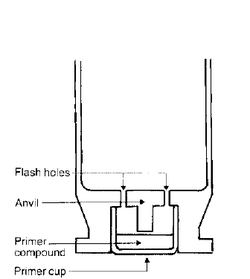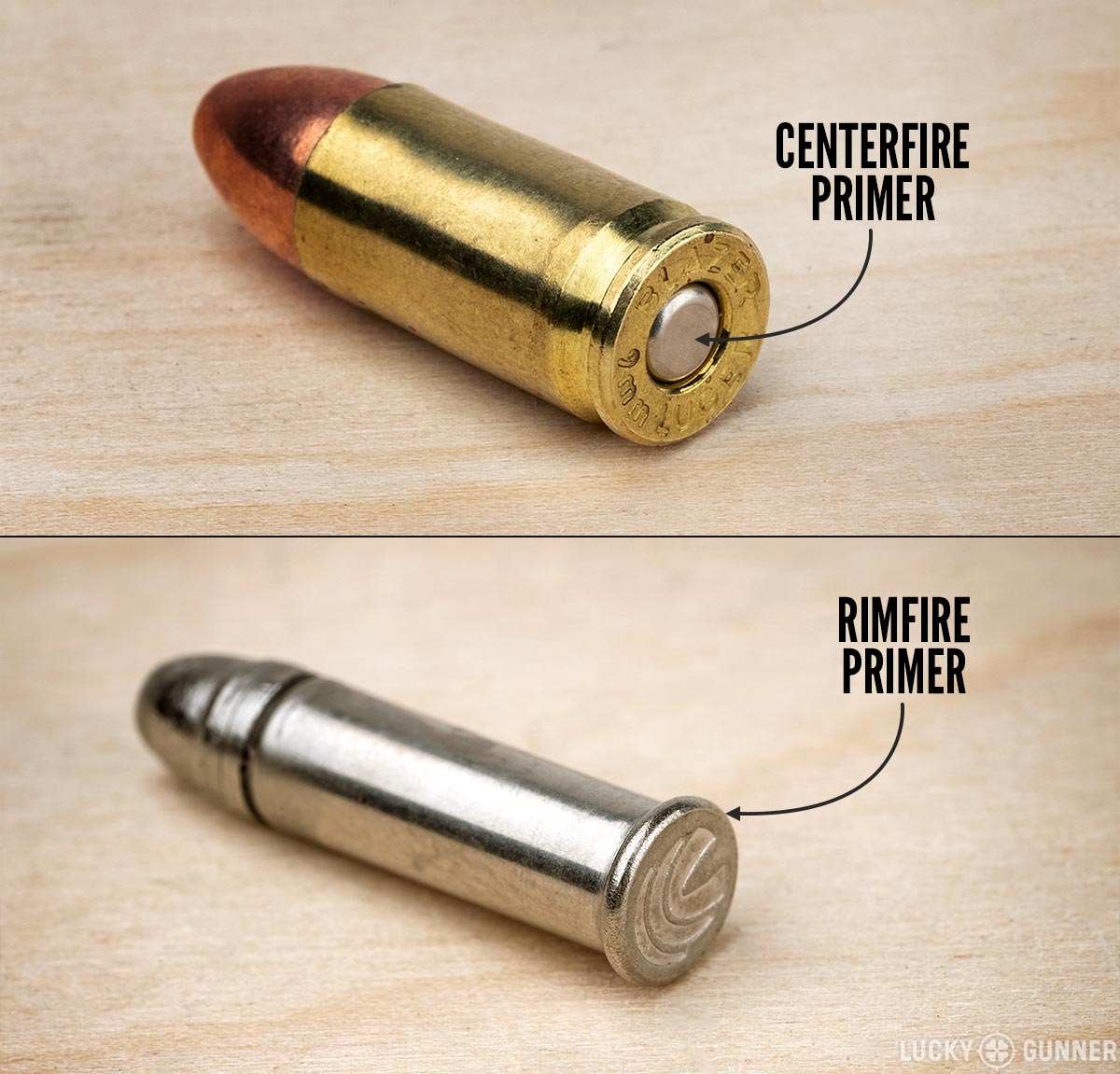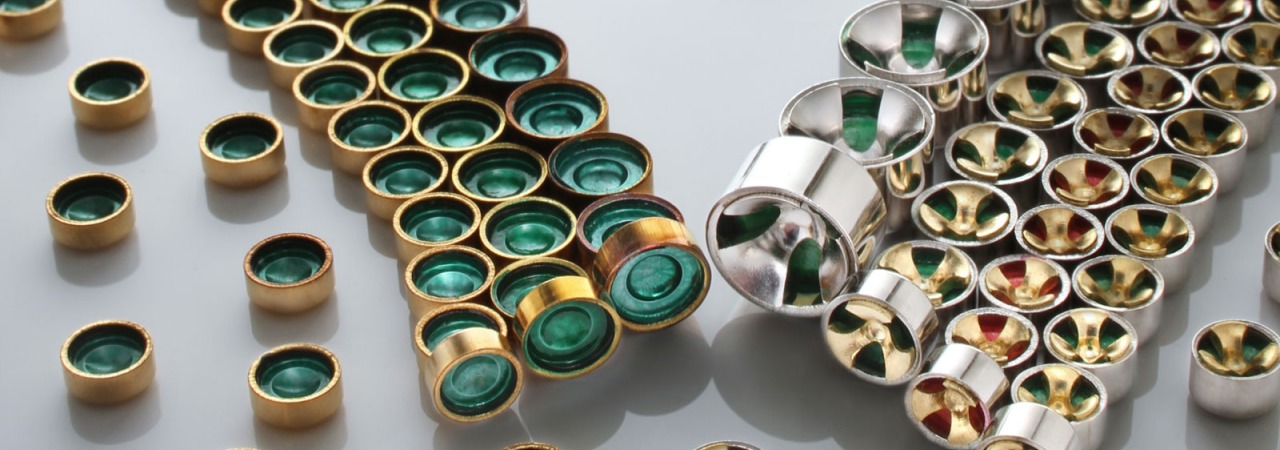5 Easy Facts About Small Pistol Primers Described
Table of ContentsThe 8-Second Trick For Reloading PrimersNot known Details About Reloading Primers The Greatest Guide To Primers In StockSome Known Incorrect Statements About Rifle Primers Unknown Facts About Pistol Primers
Component of the firearm cartridge for launching propellant burning In guns and weapons, the guide () is the chemical and/or tool responsible for starting the propellant combustion that will push the projectiles out of the gun barrel. In early black powder guns such as muzzleloaders, the guide was basically the exact same chemical as the primary propellant (albeit usually in a finer-powdered kind), but poured into an outside flash pan, where maybe ignited by an ignition source such as a slow suit or a flintlock Some muzzleloaders have guides like cap weapon caps.
Examples include hand gun cartridges, rifle cartridges, and also shotgun shells. Larger weapons pieces on the other hand usually use electric priming. In weapons the guides are regularly a different part, placed inside the barrel to the back of the main propellant chargebut there are various other examples of guns, consisting of for instance some automated tools, made to fire cartridges with essential electrical primers.
Pistol Primers - An Overview

This opening was loaded with finely ground powder, which was then stired up with a warm ember or torch. With the introduction of hand-held guns, this became an undesirable method of firing a weapon. Holding a burning stick while attempting to put a fee of black powder very carefully down a barrel is unsafe, and also trying to hold the weapon with one hand while at the same time aiming at the target and also searching for the touchhole makes it extremely challenging to fire accurately. [] The first effort to make the procedure of firing a little arm easier was the "matchlock".
The suit was a slow-burning fuse made of plant fibers that were taken in a service of nitrates, charcoal, and also sulfur, as well as dried (https://www.authorstream.com/relodprim3rs/). This "slow-match" was stired up before the gun was required, and it would slowly burn, keeping a hot cinder at the burning end. After the gun was packed as well as the touchhole primed with powder, the burning suggestion of the suit was positioned so that the lock would certainly bring it right into contact with the touchhole.
The Best Strategy To Use For Reloading Primers
This brought the match to the touchhole, sparking the powder. With cautious focus, the slow-burning match could be maintained burning for lengthy periods of time, and using the lock system made relatively exact fire possible. The following revolution in ignition innovation was the "wheel-lock". It made use of a spring-loaded, serrated wheel which rubbed against a piece of iron pyrite, comparable to a modern-day lighter.

The protected flashpan likewise provided some ability to endure negative weather. reloading primers. Wind, rainfall, and also damp weather would make a matchlock pointless, but a wheel-lock that was loaded and also waterproofed with a bit of grease around the flashpan could be terminated under many problems. The wheel-lock taken pleasure in just a quick period of popularity before being superseded by a simpler, extra durable layout.
Not known Incorrect Statements About Remington Primers
As the name suggests, the flintlock made use of flint as opposed to iron pyrite. The flint was kept in a spring-loaded arm, called the "dick" from the similarity of its activity to a pecking hen. The dick rotated via around a 90-degree arc as well as was held in the tensioned, or "cocked" position by a trigger. https://docs.google.com/document/d/1t2tynzAFNOgYhFw1peAwc5D0GxMQZanW2BaTWzHBxrI/edit?usp=sharing.
The "half-cock" setting held the dick midway back, as well as used a deep notch so that shooting would not launch the dick. Half-cock was a safety placement, made use of when loading, storing or carrying a packed flintlock. The "full-cock" placement held the penis right back as well as was the position from which the weapon was fired.
It acted as both a flashpan cover and also a steel striking surface area for the flint. The frizzen was hinged and also spring-loaded so that it would secure the open or closed setting. When closed, the striking surface area was placed so that the flint would strike at the appropriate angle to produce a trigger.
Pistol Primers - An Overview
The flintlock device was simpler and also stronger than the wheel-lock, as well as the flint as well as steel supplied a check that great, dependable resource of ignition. The flintlock continued to be in military service for over 200 years, as well as flintlocks are still made today for historic re-enactments as well as muzzle-loading target competitors, and also for hunters that delight in the additional challenge that the flintlock gives.
Percussion ignition was invented by Scottish clergyman Rev. Alexander John Forsyth in 1807 however required even more improvements prior to it was progressively approved in the 1820s to 1830s. By the center of the 19th century, the percussion or caplock system was well developed. It was taken on by both sides in the American Civil War, as it was less complex and also a lot more dependable than the flintlock.
The flashpan as well as frizzen were eliminated and replaced by a small, hollow horizontal cylinder (drum) screwed into the bored-out and also tapped flash opening and also carrying a "nipple" over which the cap can be fitted. A "hammer" which likewise had half-cock (for packing and applying the cap) and full-cock settings replaced the cock.